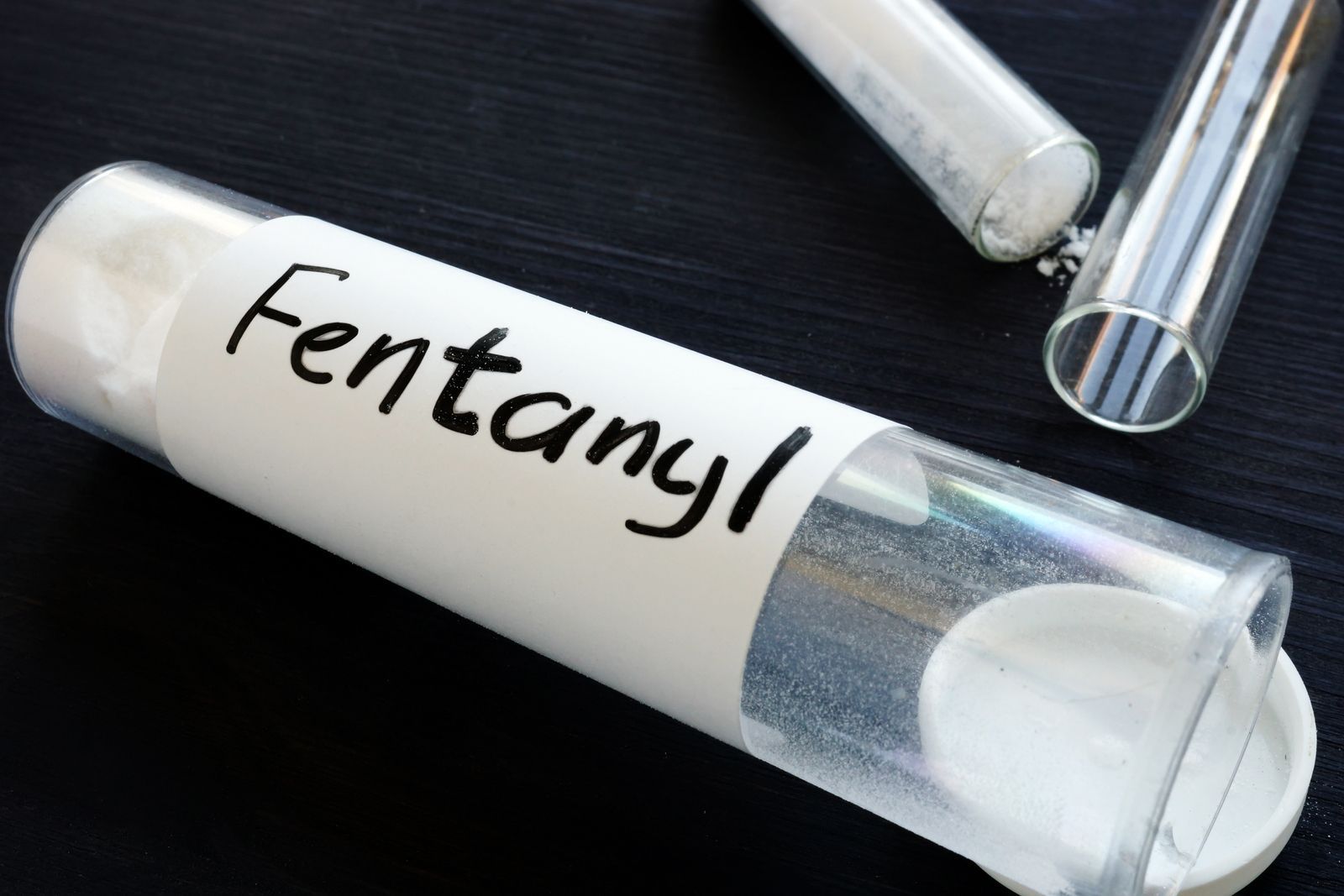In the mid-20th century, the medical community hailed the introduction of fentanyl as a breakthrough in the treatment of pain. With its unparalleled potency and duration, it quickly gained popularity in surgical procedures and the management of chronic pain. However, its rise to prominence was not without controversy.
Today, the story of fentanyl is one of both medical marvels and public health crises. Despite its initial success, the illicit production and distribution of fentanyl analogs have led to a
global epidemic of opioid-related deaths and addiction. Governments and international organizations have struggled to address the crisis, with interventions ranging from law enforcement to harm reduction strategies.
As the impact of fentanyl continues to reverberate through communities worldwide, there is an urgent need for a comprehensive understanding of its history, uses, and consequences. This article aims to provide such an understanding, exploring the complex journey of fentanyl from a medical wonder to a public health scourge.
TLDR
Fentanyl is a synthetic opioid developed in the 1960s as an analgesic and intravenous anesthetic that is 100-200 times more potent than morphine.
Fentanyl revolutionized surgery with quick and smooth induction and recovery times and is also used for long-lasting pain relief through transdermal patches for chronic conditions.
Illicit production of fentanyl analogs in the 1980s led to a surge of opioid-related deaths and a public health crisis, leading to actions by governments and international organizations to combat the crisis.
Improved education for healthcare professionals on proper prescribing practices and patient monitoring is crucial in reducing risks associated with opioids, including fentanyl.
History and Development
The history and development of fentanyl, a synthetic opioid with potency 100-200 times greater than morphine, began in the 1960s as an analgesic and intravenous anesthetic. Its introduction revolutionized surgery with quick and smooth induction and recovery times, and later expanded to long-lasting pain relief through transdermal patches for chronic conditions. Fentanyl's success in cardiac and vascular surgery led to an increase in sales and development of similar drugs, as well as advancements in opioid delivery.
Scientific breakthroughs, such as fentanyl, have greatly impacted the pharmaceutical industry. Fentanyl's development and success paved the way for similar drugs and advancements in opioid delivery. However, the potential for abuse and addiction was also recognized, leading to strict regulations on prescription and administration.
The journey of fentanyl from laboratory to streets intertwines science, medicine, and the dark underbelly of the drug trade, highlighting the need for continued research and education on proper prescribing practices and patient monitoring.
Medical Applications and Uses

Developed in the 1960s, fentanyl has been widely used in the medical field as an analgesic and intravenous anesthetic. Its potency, 100-200 times greater than morphine, has made it a practical option for long-lasting pain relief through transdermal patches for chronic conditions. It has also been used to manage severe pain associated with cancer and other terminal illnesses, providing patients with much-needed relief from their symptoms.
Aside from its traditional uses, researchers have been exploring alternative pain management strategies that can reduce the risks of fentanyl abuse and addiction. These strategies include the use of non-opioid medications, such as anti-inflammatory drugs and antidepressants, as well as physical therapy, cognitive behavioral therapy, and mindfulness-based interventions.
Additionally, transdermal patches have been developed with improved technology that can regulate the release of the drug, reducing the risk of overdose.
These alternative strategies show promise in reducing the reliance on opioids, and ultimately, in improving patient outcomes.
Illicit Use and Public Health Impact
Illicit production and distribution of the synthetic opioid has contributed to an alarming increase in overdose deaths globally. Fentanyl's potency and availability have made it an attractive option for drug dealers seeking to increase profits and cut costs. The drug is often mixed with other substances, such as heroin, cocaine, and methamphetamine, without the user's knowledge, increasing the risk of overdose and death.
Harm reduction strategies, such as increasing access to naloxone, a medication that can reverse the effects of an opioid overdose, and implementing drug checking services, which allow users to test the purity and contents of their drugs, have been effective in reducing the number of fentanyl-related deaths.

However, these strategies alone cannot solve the issue of fentanyl misuse and addiction. Education and prevention efforts, as well as access to evidence-based treatment, are crucial in addressing the public health crisis caused by fentanyl and other synthetic opioids.
Frequently Asked Questions
-
What are the physical and psychological effects of fentanyl addiction?
Fentanyl addiction causes physical effects such as respiratory depression, nausea, and constipation, as well as psychological effects like depression, anxiety, and cravings. Treatment options include medication-assisted therapy, behavioral therapy, and support groups.
-
How does fentanyl compare to other opioids in terms of addiction potential and overdose risk?
Compared to other opioids, fentanyl has a higher addiction potential and overdose risk due to its potency. Fentanyl addiction treatment and harm reduction strategies are crucial in addressing the devastating impact of this drug on individuals and communities worldwide.
-
What are the long-term health consequences of fentanyl use, both medically prescribed and illicitly obtained?
Fentanyl use, whether medically prescribed or illicitly obtained, can have long-term health consequences. It can impact fetal development and pose challenges for chronic pain management. The scientific literature recommends caution and close monitoring for those using the drug.
-
How do law enforcement and healthcare professionals work together to combat the illicit production and distribution of fentanyl?
It's ironic that healthcare professionals, who prescribe fentanyl for pain relief, team up with law enforcement to combat its illicit production and distribution. Healthcare training programs and law enforcement partnerships are crucial to curb the fentanyl crisis.
-
What steps can individuals and communities take to prevent and address fentanyl addiction and overdose?
Community education and harm reduction strategies are crucial in preventing and addressing fentanyl addiction and overdose. Education can increase awareness of risks and safe use practices, while harm reduction strategies like access to naloxone and supervised injection sites can save lives.
Turning the Tide on Fentanyl Addiction with ALANA Recovery Center
Fentanyl, originally developed as an analgesic and intravenous anesthetic, has had a complex journey from medical marvel to global public health crisis. Its potency, which is 100-200 times greater than morphine, revolutionized surgery and provided long-lasting pain relief for chronic conditions.
However, the illicit production of fentanyl analogs in the 1980s led to a surge of opioid-related deaths and a global public health crisis. While governments and international organizations have taken action to combat the crisis, the legacy of fentanyl remains potent, impacting medical applications, therapeutic uses, and communities worldwide.
Fentanyl continues to be an important tool in medical practice, but the illicit production and distribution of fentanyl analogs continue to pose a significant threat to public health. One interesting statistic to paint a picture for the audience is that in the United States, more than 81,000 drug overdose deaths occurred in the 12 months ending in May 2020, the highest number of overdose deaths ever recorded in a 12-month period.
Overdose deaths involving synthetic opioids, mainly fentanyl, increased by 38.4% during this time period. This statistic highlights the devastating impact that fentanyl and its analogs continue to have on communities worldwide and underscores the urgent need for continued action and awareness to address this public health crisis.
Talk With a Provider Today!
Talk With a Provider Today!
Fighting addiction alone is an almost impossible task. Don't do this alone, call us today to start your road to recovery.




